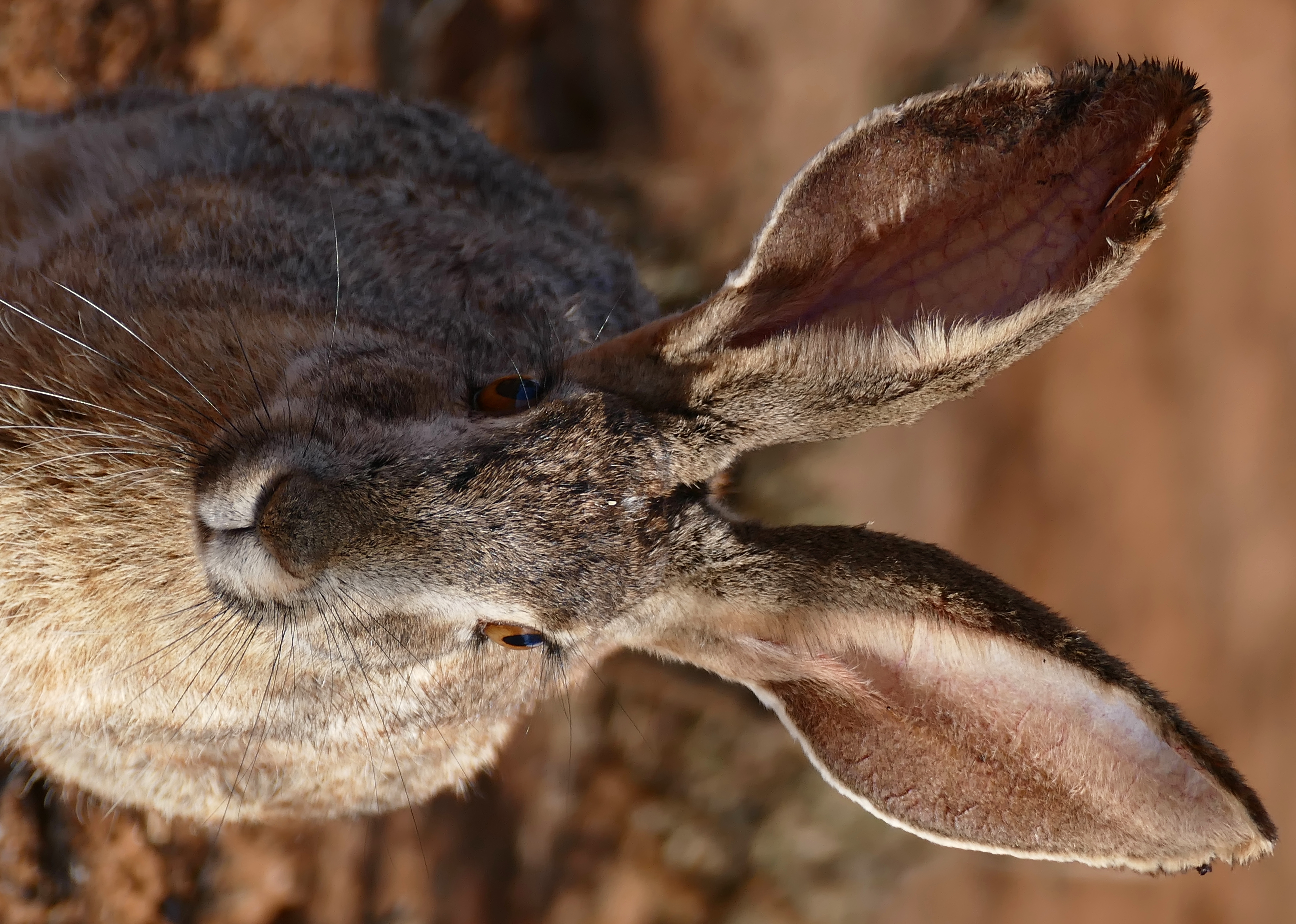
Hare
Hares and jackrabbits are mammals belonging to the genus Lepus. They are herbivores, and live solitarily or in pairs. They nest in slight depressions called forms, and their young are able to fend for themselves shortly after birth. The genus includes the largest lagomorphs. Most are fast runners with long, powerful hind legs, and large ears to dissipate body heat.[1] Hare species are native to Africa, Eurasia and North America. A hare less than one year old is called a "leveret". A group of hares is called a "husk", a "down", or a "drove".
This article is about the animal. For other uses, see Hare (disambiguation), Jackrabbit (disambiguation), Lepus (disambiguation), and Leveret (disambiguation).Members of the Lepus genus are considered true hares, distinguishing them from rabbits which make up the rest of the Leporidae family. However, there are five leporid species with "hare" in their common names which are not considered true hares: the hispid hare (Caprolagus hispidus), and four species known as red rock hares (Pronolagus). Conversely, several Lepus species are called "jackrabbits", but classed as hares rather than rabbits. The pet known as the Belgian hare is a domesticated European rabbit which has been selectively bred to resemble a hare.[2]